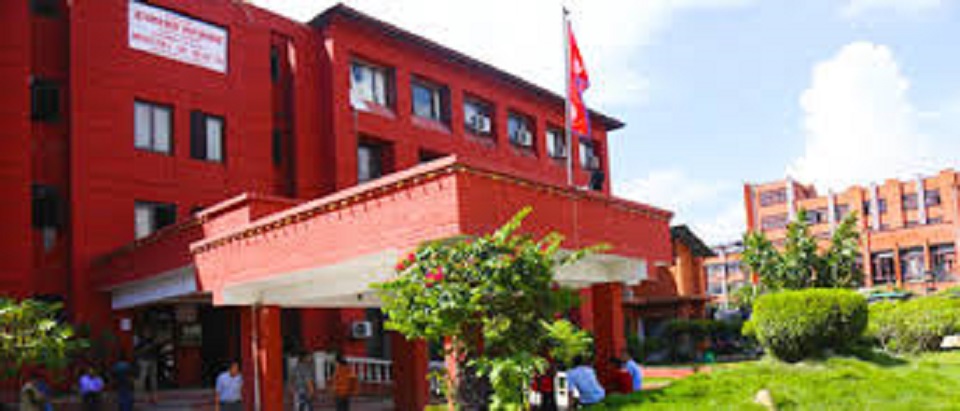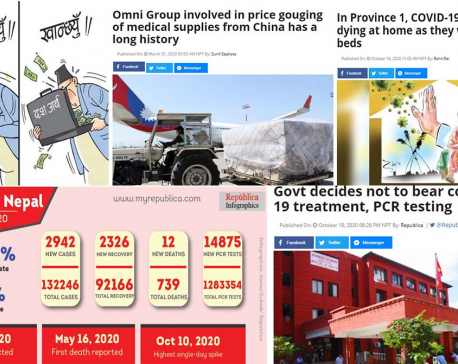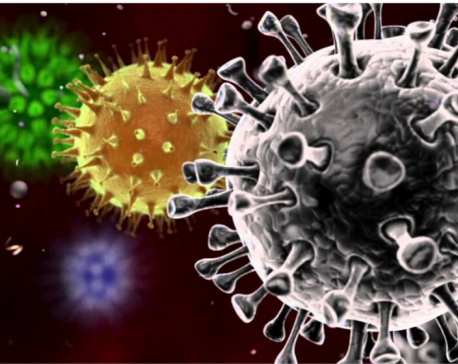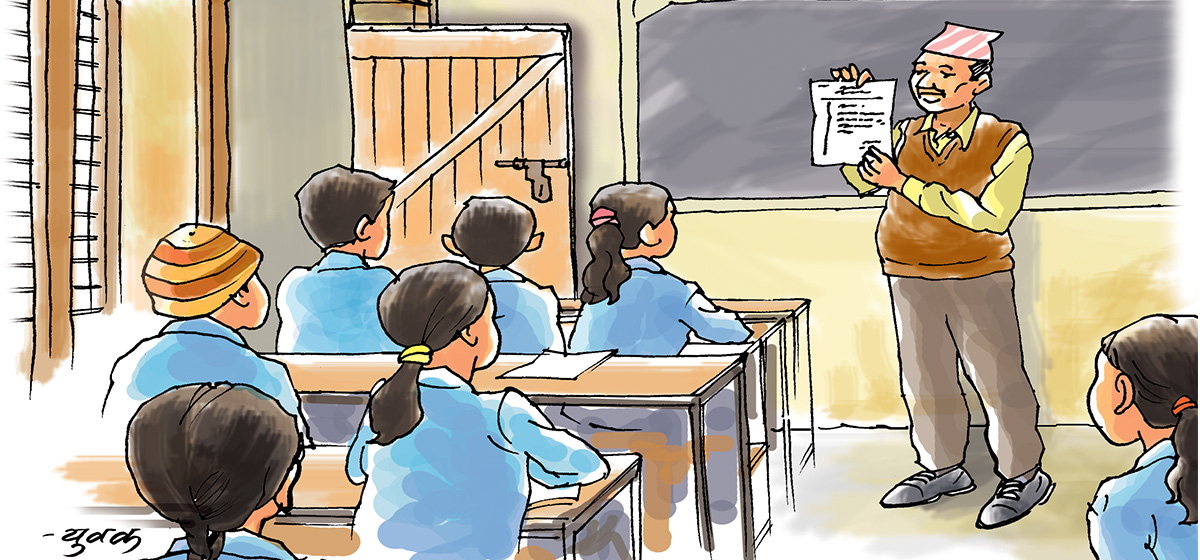
OR
Health ministry projects 40,000 COVID-19 cases by mid-July
Published On: June 18, 2020 11:41 AM NPT By: Republica | @RepublicaNepal

KATHMANDU, June 18: The Ministry of Health and Population has projected that Nepal will have reported 40,000 cases of novel coronavirus by the end of Nepali month of Ashar (mid-July). The ministry has prepared guidelines, in a bid to make necessary preparations.
According to the ‘Guidelines for Identification of Physical Resources and Human Resource Management for COVID-19’ prepared by the government, 80 percent or 32,000 thousand people will not develop any symptoms of COVID-19 and they should be kept at home quarantines. Similarly, 6,000 (15 percent) patients should be placed at hospital care and isolation beds while five percent (2,000) will have to be treated under intensive care.
The guidelines say that the Nepal Army (NA) is supposed to keep the foreign returnees with no COVID-19 symptom at the holding centers after they arrive at the Tribhuvan International Airport and then take them to their respective local units in coordination with the respective province governments. Those who have already developed the symptoms of coronavirus will be kept at the isolation wards.
Similarly, the NA will also be responsible to hold those entering Nepal from the land routes and take them to their local units again in coordination with the respective provincial governments.
The local units, on the other hand, will have to make necessary arrangements to keep the people arriving from other places at the quarantines, home quarantines, isolation and mass isolation spots based on symptoms and health conditions. The local governments are also responsible for managing necessary health personnel in order to contact, coordinate and counsel those who are in quarantines or home quarantines and isolation centers. Similarly, the guideline assigns the local units to take the persons staying at isolation wards and quarantine facilities to hospitals if they develop mild and serious levels of symptoms of the disease. Their treatment, however, will be managed by the health ministry, according to that guidelines.
Other tasks including health checkup, contact tracing and swab collection will have to be carried out by the provincial governments in coordination with the respective local units.
Talking to Republica Online, Dr Jageshwar Gautam, spokesperson for the ministry, said that he has yet to receive detailed information regarding the guidelines. “I have heard of it, however I need to study it,” he added.
Human Resource Management
The guidelines has projected that at least one paramedic, one nursing staff, two case workers and two other helpers in a ward - either already hit by COVID-19 infection or has high risk of infection - to contact, coordinate and counsel those in quarantine, home quarantine and isolation as the number of infection increases.
In a mass quarantine with 200 beds, five health personnel including one paramedic, one nursing staff, two case workers and a helper are required while two paramedics, two nursing staff, two case workers and one helper are needed in the quarantine with 201 to 500 beds. Similarly, a quarantine facility with more than 500 beds should be equipped with ten health staff - three paramedics, three nursing staff, two case workers and two helpers.
The guidelines project that two paramedics, two nursing staff and a helper in an isolation ward upto 50 beds while 10 medical staff - four paramedics, four nursing staff, one medical officer and one helper at an isolation center with more than 51 beds.
Similarly, four staff including one medical officer, one paramedic, one nursing staff and one helper are required for financial, administrative and overall management of mass quarantine facilities and isolation centers in the wards.
Quarantine facilities and isolation centers set up and managed by the provincial governments require one specialized medic for every 100 persons, one medical officer, one paramedic, two nursing staff, one lab technician, two case workers, a helper and a cleaning staff.
Human resources at hospitals
The guideline has projected that three medical officers - a general practitioner, a resident and an internal medicine doctor one each in three shifts for every two patients admitted to hospitals after developing the symptoms of COVID-19 while three paramedics (with critical care training) --- one in each shift--, two lab technicians and one helper for every fifteen patients.
If the patients are admitted to the Intensive Care Unit, three medical officers-- one general practitioner, a resident and an internal medicine doctor each in three shifts are required for every five ventilators.
While managing the human resources, all three levels of governments should mobilize all the staff and should not grant any leave except for mourning leave. Similarly, those staff who are on study leave will also be called back to work.
Local units should request the provincial government and provinces to the federal government in case of inadequate manpower. Those pursuing medical studies under scholarship schemes and in health sciences academies will also be mobilized. Additional manpower will be hired on contract basis if necessary, according to the guidelines.
You May Like This

As Oli government limits its role to counting deaths during the greatest public health crisis, people are dying at an alarming rate
Experts say the government has decided to shred the constitution ... Read More...

Nepal records 341 new cases, 376 recoveries and three deaths on Monday
KATHMANDU, Dec 13: Nepal recorded 341 new cases of COVID-19 on Sunday along with 376 recoveries and three deaths, according... Read More...

Officials from Nepal, India agree on seven issues of common interests
BAITADI, March 5: A meeting of the district-level coordination committee of Nepal-India held Wednesday in Baitadi district ended with a... Read More...




Just In
- Take necessary measures to ensure education for all children
- Nepalgunj ICP handed over to Nepal, to come into operation from May 8
- Nepal to gift two elephants to Qatar during Emir's state visit
- NUP Chair Shrestha: Resham Chaudhary, convicted in Tikapur murder case, ineligible for party membership
- Dr Ram Kantha Makaju Shrestha: A visionary leader transforming healthcare in Nepal
- Let us present practical projects, not 'wish list': PM Dahal
- President Paudel requests Emir of Qatar to help secure release of Bipin Joshi held hostage by Hamas
- Emir of Qatar and President Paudel hold discussions at Sheetal Niwas



_20240423174443.jpg)










Leave A Comment